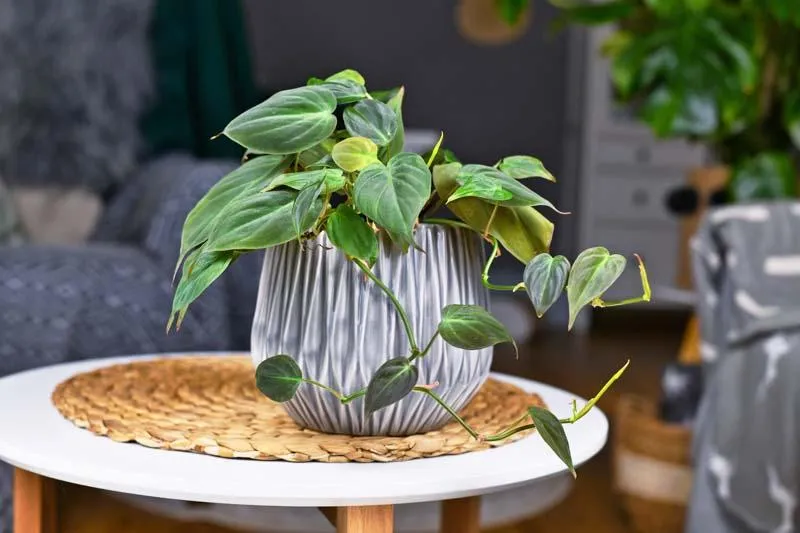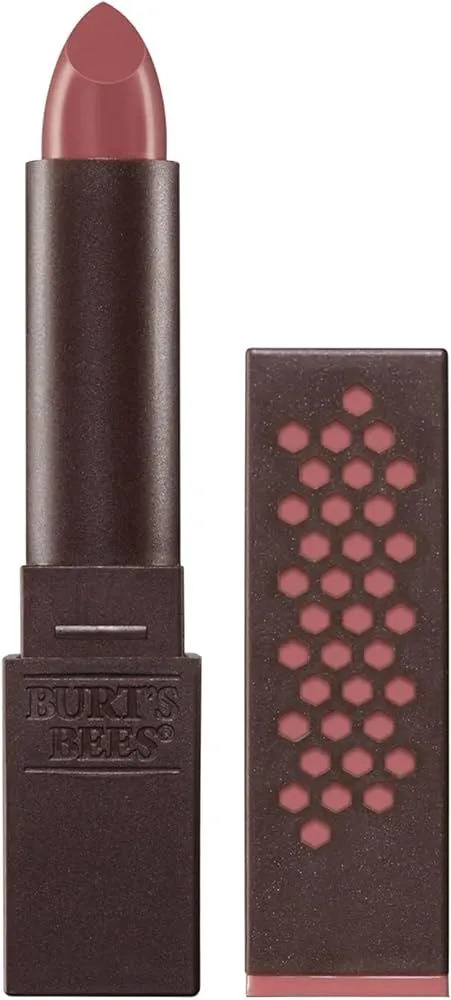Everything You Need to Know About Plants With Velvet Leaves
If you’re searching for “plant velvet leaves”, you’re likely interested in learning more about plants that have soft, fuzzy textured foliage. From houseplants to outdoor varieties, there are many options worth considering. In this article, I’ll cover the different types of plants with velvety textures, their care requirements, and other useful information to help you choose what might work best for your needs.
Common Velvet Leaf Houseplants
Some of the most popular velvet-leaved houseplants include:
- Purple Waffle Plant – These plants have round, diamond-shaped leaves that feel like velvet against your fingers. They grow well in medium to low light. From my experience, they prefer to dry out slightly between waterings.
- Polka Dot Plant – As the name suggests, these plants have leaves covered in darker green spots on a light green background. They make a striking decorative addition to any room. The leaves have a soft fuzz, almost like felt. Keep the soil moderately moist.
- Peperomia – There are many varieties of peperomia with velvety textures, like peperomia orba ‘Rosso’ with its deep burgundy leaves. Peperomias thrive in bright, indirect light and enjoy slightly moist soil. Let the top inch dry out between waterings.
Other Common Velvet Plants
While the above houseplants have velvety textures suited for indoor growing, there are also many velvet-leaved plants suitable for outdoor landscapes or patio containers, like:
- Coleus – These perennials come in an amazing array of colorful leaf patterns, many with a soft, plush texture. Coleus grow well in partial shade and only need regular watering while actively growing.
- Saxifraga – commonly called ‘London pride’, these rugged perennials have thick, fuzzy stems and green leaves that feel like suede between your fingers. They thrive in partial sun with occasional summer watering.
- Indian hawthorn – These woody shrubs add tropical flair to gardens with their dark green, velvety leaves. Indian hawthorn prefer full sun and tolerate hot, humid weather once established.
You could also consider outdoor vines like passionflower or mullein, which develop fuzzy, gray-green leaves as they climb. Just be sure to provide vertical support for climbing growth.

Care Tips For Velvet Plants
While each species has its own specific requirements, here are some general care guidelines for velvet-leaved plants:
- Watering – Check soil moisture frequently, as thick leaves can hide dehydration. Water when the top inch of soil feels dry. Conversely, be careful not to overwater, as fungal issues favor moist conditions.
- Fertilizing – Use a balanced houseplant or all-purpose fertilizer monthly during the main growing season to maintain leaf fullness and vibrant colors. Always follow label instructions.
- Light – Most velvet plants thrive in medium to low light. Place them in bright, filtered sunlight to prevent scorching of tender leaves. Rotate plants occasionally for even growth.
- Pruning – Prune off any dead or damaged sections to keep plants looking their best. Hard pruning after flowering may also encourage bushier growth.
- Pests – Check regularly for signs of spider mites, which love soft plant textures. Treat promptly with insecticidal soap if spotted.
The fuzzy texture that gives velvet plants their unique appeal also means they may collect more dust. Wipe leaves gently with a damp cloth as needed to clean.
Personal Experience With Velvet Plants
I’ve kinda collected a variety of velvet-leaved plants over the years, both for indoor and outdoor spaces. My polka dot plant thrived in a bright kitchen window but seemed to prefer slightly drier soil than other houseplants. Meanwhile, a patch of coleus by my front porch basically took care of itself once established.
I’ve also found velvet vines like passionflower or fuzzy melon to be low-maintenance additions along a back fence. They softened up the space, plus attracted hummingbirds with their flowers in summer. Basically, these plants are totally worth their unique texture, in my opinion. Even kidding around, I sometimes feel like an herbologist exploring new plant discoveries with each addition!

Hope this overview on velvet-leafed plant types and care helps give you some options to consider, whether you want an eye-catching houseplant or something for your outdoor landscaping. Feel free to experiment – not every plant is a perfect fit, but I’m sure you can find something amazing through trial and error. Let me know if you have any other questions!
Frequently Asked Questions
Here are answers to some other common questions people have when researching velvet-textured plants:
- Are the leaves safe for pets/children?
Most velvet plant leaves are non-toxic if ingested in small amounts. However, it’s always best to keep plants away from little mouths as a precaution, just in case of an allergic reaction. - Will the leaves feel softer over time?
Generally no, the texture should remain the same with normal care. Occasional pruning may stimulate bushier new growth with maximized texture. Prolonged dryness can cause leaves to feel stiffer. - How do I propagate velvet plants?
Many can be propagated through stem or leaf cuttings in moist soil. Root divisions also work well for clumping varieties. Research individual species requirements for their preferred propagation method.
Hope this in-depth article has provided a wealth of useful information on different plant options with soft, velvety textures as well as caring for them. Let me know if you have any other questions as you embark on adding some extraordinary leaves to your indoor or outdoor spaces!
Choosing and Caring for Houseplants with Velvet Leaves

| Plant | Care Needs | Watering | Light | Temperature |
|---|---|---|---|---|
| Peperomia | Low maintenance, tolerate low light | Allow soil to dry between waterings | Bright, indirect light | 60-75°F |
| Chinese Evergreens | Tolerate low light, may lose lower leaves | Water when top inch of soil is dry | Bright, indirect light | 60-75°F |
| Polka Dot Plant | Sensitive to overwatering, likes humidity | Allow soil to dry between waterings | Bright, indirect light | 65-80°F |
| Spider Plant | Tolerates neglect, easy to propagate | Allow soil to dry between waterings | Bright light | 55-80°F |
FAQ
-
What is plant velvet?
Plant velvet is basically a soft, fuzzy texture that grows on the leaves and stems of some plant varieties. It’s kind of like the velvet fabric but found naturally on plants.
-
Why do some plants have velvety leaves?
While scientists aren’t totally sure, it seems the velvet helps protect the plant from some dangers. The soft fuzzy coating possibly defends against too much sunlight or helps stop bugs and animals from wanting to eat the leaves. On the other hand, the velvet may just be part of how those plant types evolved over time.
-
What plants commonly have velvet leaves?
A few plants known for their soft velvety foliage are African violets, fuzzy wuzzy plant, lamb’s ear, and some cacti varieties. The fuzzy leaves of fuzzy wuzzy plants are stunning to see in person. Perhaps you’ve noticed the velvety pads of some prickly pear cactuses also.
-
Are velvety leaves better or worse for the plant?
It really depends on the specific plant and environment. Sometimes the velvet helps and other times it does nothing or potentially harms the plant. The fuzziness may protect fragile new growth from too much moisture loss. Yet the coat could slow gas exchange and hamper photosynthesis under certain conditions. More studies on different plant species are needed!

-
Do all plants feel the same as velvet?
Not at all. While some plants seem remarkably like velvet fabric to the touch, others have more of a cottony or hairy texture. The leaves of peach and cherry trees come to mind as being soft but not exactly velvety. As a kid, I remember loving to rub my fingers on the fuzzy wuzzy plant leaves. They felt remarkably similar to actual velvet! But that’s just my personal association – others may feel different based on their own experiences.
-
Is keeping velvety plants worth the extra care?
It depends on the person! Fussy velvety plants may need more attention like weekly dusting. However, their beautiful fuzzy foliage is stunning to see. At the same time, low-maintenance varieties like lamb’s ear spread easily without much effort. Perhaps starting with one of those could be a fun way to experience plant velvet without a lot of additional work. On the other hand, green thumb gardeners seeking a challenge may enjoy babying delicate varieties.
In summary, plant velvet comes in many fascinating forms! While scientists are still learning about its purpose, the fuzzy leaves of some varieties are undoubtedly amazing to behold. With some basic care, many people find velvety plants to be worthwhile additions to their collections. You never know – interacting with their unique textures could trigger fond childhood memories. But don’t take my word for it – see for yourself by checking out velvety plants at your local nursery!
